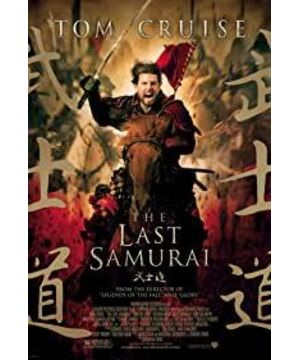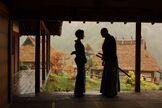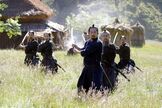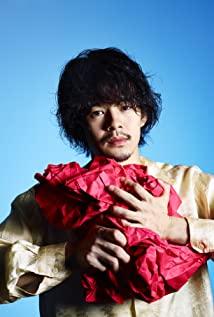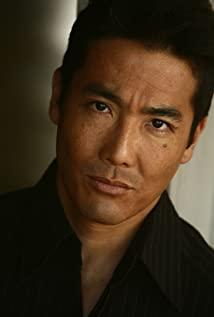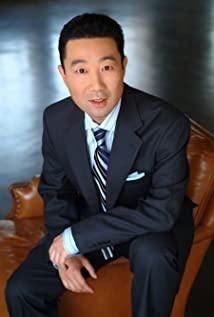The leader of the traditional gentry in the film, in real life In Japanese history, it is Takamori Saigo. It was he, Takashi Kido, Yun Okubo and others who launched the war to respect the king and push the barbarians back, put the emperor back on the stage of history, and ended Japan's two-hundred-year-old era of feudal rule. Takamori Saigo Born in a traditional samurai family, he hopes that Japan will be strong, but in his view, this kind of power is strong under the premise of sticking to Japanese traditions. The samurai class must still exist and occupy the mainstream of Japanese society. In his view, Bushido is Japanese The traditional spiritual core. In 1875, he suggested that the emperor invade Korea like Toyotomi Hideyoshi, and then swept China to achieve Japan's political rise. In conflict with the views of the bearded Japanese officials), Okubo advocated that Japan should first follow the West to carry out a series of political and economic reforms, making Japan a capitalist country in the Western sense, thus completely saying goodbye to the era of samurai. At this critical moment in history, the emperor finally Choosing Okubo's plan, Takamori Saigo's political career ended. He left the Meiji government in anger and returned to his hometown Kagoshima, where he launched an armed division and tried to maintain the last samurai society.
This is the historical background of this film. , After this captured American officer came to Kagoshima, through the communication with Saigo, the contact with the samurai class on the island, and the study of kendo, he learned what bushido is, and the effect of fallen cherry blossoms on the spirit of samurai. Influence, as well as the euphemism and perseverance of Japanese women. Eventually he completely integrated into this society and became a member of the samurai
When the government army armed with Western weapons a few years later attacked the separatist Kagoshima, the last stop of these last samurai also started. They still rode their horses and wielded swords and rushed to the government army fearlessly. Cannons and machine guns, when Saigo was hit by machine guns, he still defended the traditional death method of samurai and let this American officer help him commit suicide. "I would rather commit suicide than fall to the enemy". The final destination of samurai is to die in battle, Death in battle is the only and perfect way to die for a samurai. All is beautiful, in Saigo's eyes, to die in this way, his samurai life will end perfectly.
Although Saigo Takamori has such a rebellious behavior, he was in the process of the Meiji Restoration. In 1897, the Japanese government still erected a statue for him.
This film is the best film I can see that penetrates Japanese culture from a Western perspective, but it was a box office hit when it was released in 2003. But it's not ideal. But a good movie is not determined by the box office, no matter what, I still deeply like this movie.
View more about The Last Samurai reviews


